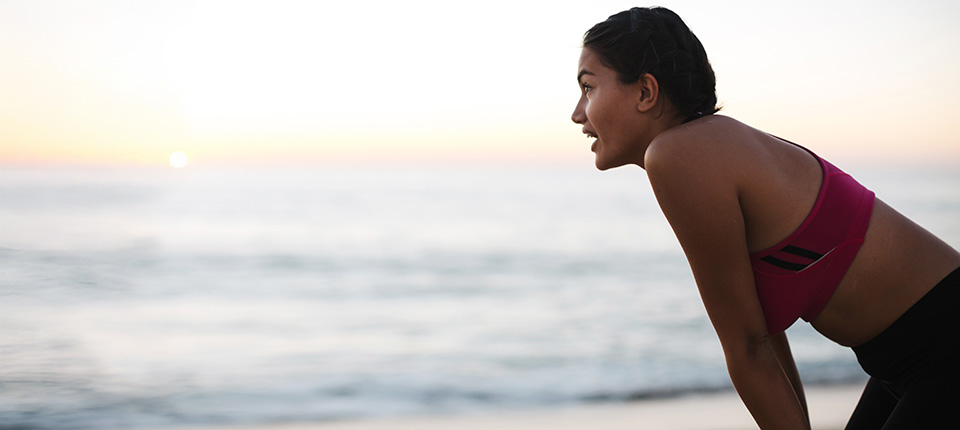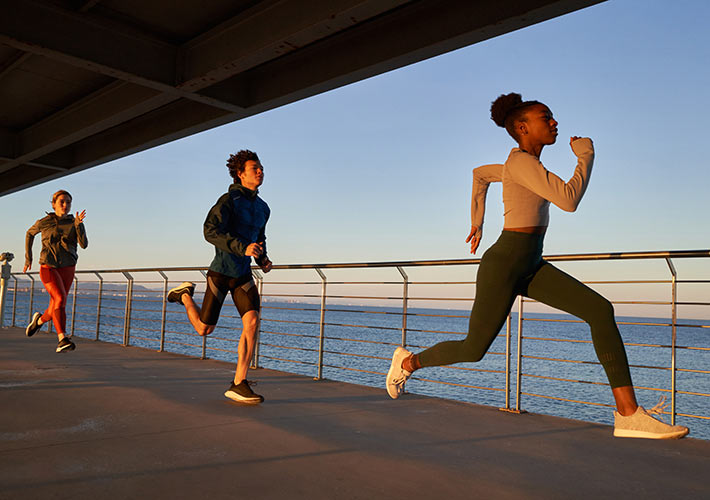
How to Be a ‘Goal Getter’ for Your Health
Change your mindset in these three ways, and you’ll be ready to make your New Year’s resolutions real.
Change your mindset in these three ways, and you’ll be ready to make your New Year’s resolutions real.
Jan. 14, 2025
- Copy Link
- Share on X
- Share on Facebook
- Share on Linkedin
Don’t just set goals for yourself in the new year — go out and get them. Leaving them unaccomplished only sets you up for a year of disappointment.
You want to be a goal-getter: someone who takes an intentional approach to improving and then puts in the effort to do it.
Whether you’re looking to get healthy or stay healthy this year, here are three ways you can adopt a goal-getter mindset to make it happen.
1. Find ways to improve each day.
True goal-getters start by making resolutions that are measurable. So they can then go above and beyond.
Improving each day makes you not only healthy but healthier. “I think ‘healthier’ is a better way to say it,” says Nadim Geloo, senior medical director for Abbott’s Structural Heart business, and one of our cardiovascular experts for the Abbott HeartMates program. “ ‘Wherever I’m at today, I can do a little better and be healthier tomorrow.’ ”
Take 100 more steps than you did yesterday. Do one more pushup. Add a degree of incline on the treadmill. Going the extra mile shrinks the distance between where you are and where you want to be.
2. Exercise your mind as much as your body.
Your muscles aren’t the only things that cramp when you test your limits.
Consider your brain. After all, it takes a lot of thought to set, evaluate and achieve your goals. Goal-getters put mind over matter, and sometimes that can feel like a heavier lift than leg day.
Embrace your strategic side. Build a tracker and take regular looks at the coming two weeks on your calendar. Try to anticipate roadblocks that could keep you from sticking to your plan. Take advantage of apps and health tech that can help you stay on track.
When you look back at your journey, you might be surprised at how far you’ve come mentally, as well as physically.

3. Don’t wait and don’t deviate.
The best time to get started was five minutes ago.
Don’t wait for that mythical “right time,” when you’re finally “ready to commit.” Those are just excuses to delay action.
Start, continue and then do it all over again tomorrow.
To be sure, there will be times when you don’t feel like it. Even when you do feel like it, you’ll often find obstacles standing in your way.
Just remember the one — and only one — thing that defines a goal-getter: Goal-getters reach their goals.
So will you. This year, you’re going to block out the noise, stay the course and create the healthiest “you” yet.
It’s the only goal worth getting.
For the latest on Abbott’s life-changing technology, get updates directly in your inbox.